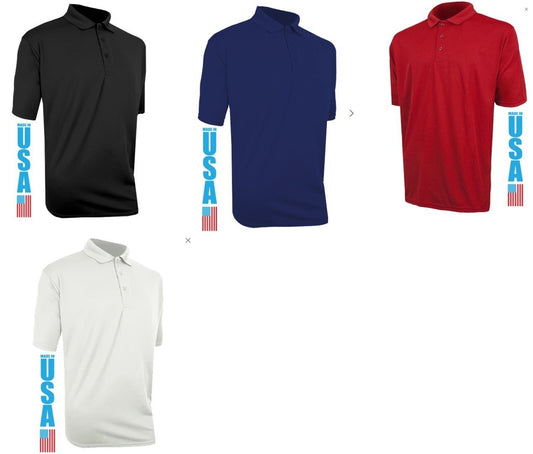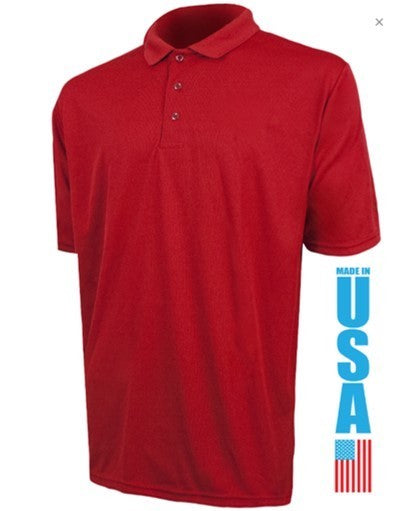Finding the Perfect Golf Ball for Your Game: A Comprehensive Guide
Finding the Perfect Golf Ball for Your Game: A Comprehensive Guide
Choosing the right golf ball can have a significant impact on your performance on the course. With so many options available, understanding the different types of golf balls and how they match your playing style is essential. In this guide, we'll explore the various types of golf balls and provide tips on how to find the one that fits best for your game.
Types of Golf Balls
Golf balls can be categorized based on their construction, compression, and intended use. Here’s a breakdown of the main types:
1. Two-Piece Golf Balls
Construction: These balls have a solid rubber core and a durable outer cover.
Characteristics:
- Distance: Known for providing maximum distance due to their firm feel.
- Durability: Highly durable and resistant to cuts and abrasions.
- Spin: Lower spin rate, making them ideal for straight shots.
Best For: Beginners and high-handicap golfers looking for extra distance and durability.
2. Three-Piece Golf Balls
Construction: These balls have a solid or liquid rubber core, a layer of enhanced rubber or liquid, and a soft outer cover.
Characteristics:
- Control: Offers a balance between distance and control.
- Spin: Provides more spin than two-piece balls, allowing for better shot-shaping capabilities.
- Feel: Softer feel around the greens for improved short game performance.
Best For: Intermediate golfers who need a balance of distance and control.
3. Four-Piece and Five-Piece Golf Balls
Construction: These balls have multiple layers, including a soft core, inner layers to increase spin and distance, and a soft urethane cover.
Characteristics:
- Performance: High-performance balls that maximize distance, control, and spin.
- Spin: High spin rate, especially on short irons and wedges.
- Feel: Extremely soft feel for exceptional short game control.
Best For: Advanced and professional golfers who require maximum performance and control.
4. Low Compression Golf Balls
Construction: These balls have a softer core, which compresses more easily upon impact.
Characteristics:
- Distance: Provides more distance for players with slower swing speeds.
- Feel: Soft feel, especially around the greens.
- Spin: Reduced spin on long shots, but adequate spin for short game control.
Best For: Golfers with slower swing speeds who need extra distance and a softer feel.
5. High Compression Golf Balls
Construction: These balls have a firmer core, designed to compress less upon impact.
Characteristics:
- Distance: Suitable for players with higher swing speeds, providing more distance.
- Control: Greater control over shot shape and spin.
- Feel: Firmer feel, which may not be ideal for all players.
Best For: Golfers with faster swing speeds who can compress the ball more effectively.
How to Choose the Right Golf Ball for Your Game
1. Assess Your Skill Level
- Beginners and High-Handicappers: Opt for two-piece golf balls that offer distance and durability.
- Intermediate Golfers: Consider three-piece balls that provide a good balance of distance and control.
- Advanced Players: Look for four-piece or five-piece balls that offer maximum performance and control.
2. Identify Your Swing Speed
- Slower Swing Speeds: Choose low compression balls to maximize distance.
- Faster Swing Speeds: Opt for high compression balls to take advantage of your power.
3. Evaluate Your Playing Style
- Distance Seekers: If you prioritize distance off the tee, two-piece balls or high compression balls are ideal.
- Control and Spin: If you need better control and spin around the greens, three-piece or multi-layer balls with a soft cover are suitable.
- Feel Preference: Decide whether you prefer a softer or firmer feel. Soft feel balls are generally preferred for better short game control.
4. Consider Course Conditions
- Firm and Fast Greens: Balls with higher spin rates can help you stop the ball quickly on firm greens.
- Soft and Slow Greens: Distance balls can be advantageous as they roll out more on softer greens.
5. Test Different Balls
- On the Course: The best way to determine which ball suits you is to test different types during actual play. Pay attention to how each ball reacts to your shots and your overall performance.
- Short Game Practice: Spend time hitting chips, pitches, and putts with different balls to see which one feels best and performs well around the greens.
Conclusion
Finding the perfect golf ball for your game involves understanding your skill level, swing speed, playing style, and course conditions. By experimenting with different types of balls and paying attention to how they perform in various situations, you can identify the one that best complements your game. Whether you're seeking distance, control, spin, or feel, there's a golf ball out there that can help you elevate your performance and enjoyment on the course. Happy golfing!




